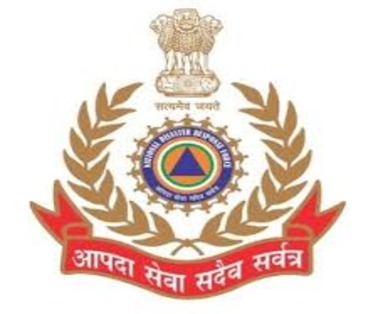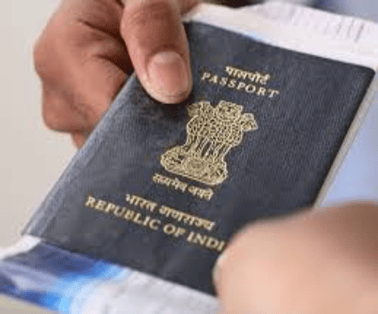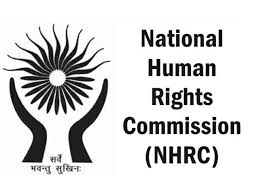Himachal Pradesh CM Sukhvinder Singh Sukhu requests the declaration of rain destruction as a national disaster, seeking National Disaster Response Force (NDRF) support and relief funds.
Key Points
- He said that Himachal Pradesh suffered losses of Rs 10,000 crore due to rain-related incidents this monsoon.
- He demanded that the calamity be declared a national disaster and a special disaster package be announced
- According to the state emergency operation centre, 418 people have died (265 in rain-related incidents and 153 in road accidents) since the onset of monsoon on June 24 till September 9, while 39 are missing.
- There is no official or defined category of “national disasters”.
- Disasters of this nature come under the 2005 Disaster Management Act, which defines a “disaster” as “a catastrophe, mishap, calamity or grave occurrence in any area, arising from natural or man made causes, or by accident or negligence which results in substantial loss of life or human suffering or damage to, and destruction of, property, or damage to, or degradation of, environment, and is of such a nature or magnitude as to be beyond the coping capacity of the community of the affected area”.
- The Act saw the creation of the National Disaster Management Authority (NDMA), to be headed by the Prime Minister, and State Disaster Management Authorities (SDMAs) headed by respective Chief Ministers.
- Together with district-level authorities, an integrated Disaster Management setup was to be created in India.
- The Act also led to the National Disaster Response Force. It has several battalions or teams, which are responsible for on-ground relief and rescue work in several states.
What is the NDRF?
- The National Disaster Response Fund (NDRF) is a fund managed by the Central Government
- It is used for meeting the expenses incurred during emergency relief, disaster response and rehabilitation in the event of a disaster.
- It was earlier called the National Calamity Contingency Fund (NCCF) which had been operated as per the guidelines laid down by the 11th Finance Commission.
- In 2005, the Disaster Management Act (DMA) was enacted and this renamed the NCCF as the National Disaster Response Fund (NDRF).
- The NDRF is placed in the “Public Account” of GOI under “reserve funds not bearing interest”.
- Since it is placed in the public accounts, the government does not require parliamentary approval to take money out of this fund.
- The NDRF supplements the State Disaster Response Fund (SDRF) in case of a disaster of severe nature, provided adequate funds are not available in SDRF.
- The Central Government contributes 75% to the SDRF in general states and 90% in northeastern and Himalayan states.
- The NDRF is audited by the Comptroller and Auditor General (CAG).
Role And Mandate Of NDRF
- Specialised response during disasters through a proactive response.
- Proactive deployment of forces and community during impending disaster situations.
- Acquire and continually upgrade its own training and skills towards disaster mitigation.
- Liaison, Reconnaissance, Rehearsals and Mock Drills wrt possible disasters and post-disaster management.
- Impart basic and operational level training to State Response Forces (Police, Civil Defence and Home Guards).
- Community Capacity Building Programme for building capabilities of communities to fight in disaster time.
- Organise Public Awareness Campaigns about disaster management and safety during the disaster.
- To fight all natural disasters including radiological, biological, chemical and nuclear disasters.
- Conduct search and rescue operations in the event of any natural catastrophe.
NDRF’s Legal Framework
- A calamity is declared to be of “rare severity”/”severe nature” based on undefined criteria, but factors such as the intensity and magnitude of the calamity, level of assistance needed, etc. are looked at.
- The State government needs to submit a memorandum indicating the sector-wise damage caused by a disaster and its requirement of funds.
- An inter-ministerial central team will assess the damage and requirement of funds and submit its report.
- A high level committee must approve the quantum of immediate relief to be released from NDRF.
- The Disaster Management Division of the Ministry of Home Affairs will then provide support and monitor the utilisation of funds.
The NDRF’s Process for Providing Relief Funds
- Relief measures may include relief in repayment of loans or the provision of fresh loans to affected individuals on concessional terms.
- Finance Commission: Funds for immediate relief are recommended by the Finance Commission. The 15th Finance Commission (for 2021-22 to 2025-26) adopted a new methodology for state-wise allocations, based on factors like past expenditure, risk exposure (area and population) hazard and vulnerability of states.
- Release of Funds: Central contributions for disaster relief are released in two equal instalments, subject to utilization certificates and reports on activities undertaken by the state governments.
To Download Monthly Current Affairs PDF Click here
Click here to get a free demo
Everything About CLAT 2025



